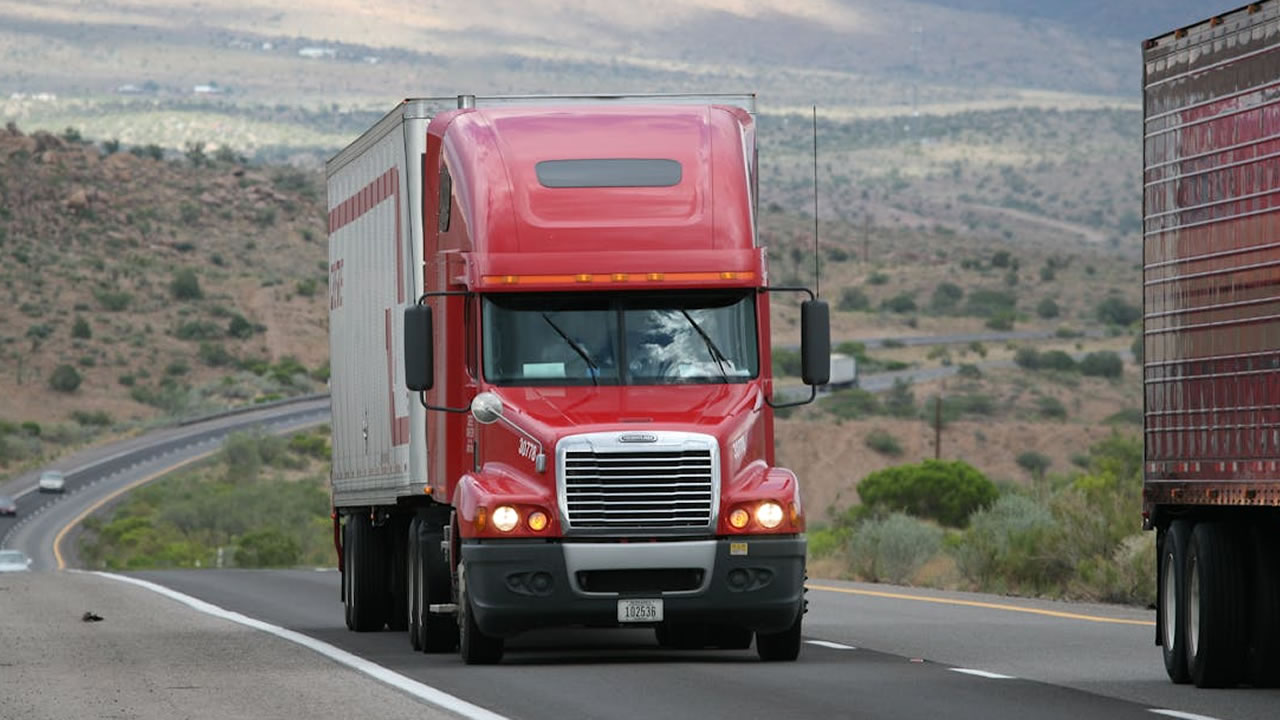To legally operate a commercial truck around the United States, one has to put a lot of focus on compliance. A trucker has to follow a list of state and federal regulations, and two of the big ones include UCR (Unified Carrier Registration) and Form 2290. Even though they have different functions, both are significant toward the legal operation of your trucking business. This article will discuss what UCR compliance is, and how filing Form 2290 can affect your trucking operations.
What Is UCR Compliance?
The Unified Carrier Registration (UCR) is a Federal program established to accumulate vehicles and charge fees to motor carriers, brokers, and freight forwarders involved in interstate commerce. UCR registration fees are calculated basing on the number of vehicles that make up the fleet. In addition to UCR, trucking companies are expected to pay toward highway safety programs as well as other enforcement activities. Failure to comply with UCR requirements may lead to penalties, fines, suspension of operating
authority, or even worse.
The Role of Form 2290 in UCR Compliance
The intersections of UCR registration and Form 2290 filing do greatly differ, these two processes seem to operate within their own worlds, each important in its own right.
Tax Form 2290 is the IRS form used to report and pay the Heavy Vehicle Use Tax (HVUT) on trucks with a gross weight of 55,000 pounds and above. It is important to file Form 2290 and get your Schedule 1 on time to avoid having problems with the vehicle registration. For some DMVs, renewing car registration comes with presenting a Schedule 1 certificate, which serves as proof for paying the HVUT. If you do not register your vehicle, you are bound to have issues with UCR compliance because vehicles not registered with the UCR tend to be pulled over for inspection and scrutiny.
Staying compliant with UCR and Form 2290
To keep truck operations smooth, UCR and Form 2290 must be kept filed on time. For instance, submitting UCR registration has to be done every year on or before the deadline, and the same applies to Form 2290, which is normally expected by August 31 for vehicles in service on July 1. Failure to keep these will mean heavy penalties, make the vehicle registration void, and increase the chances of violating both state and federal laws.
E-Filing for Compliance Made Easy
E-filing makes it easier to meet Form 2290 and UCR requirements.
If you decide to file Form 2290 electronically, your Schedule 1 will be available to you in mere minutes. This will update your vehicle’s registration without much delay. While managing all of the regulations set in place may seem overwhelming, if you keep your UCR and Form 2290 filings managed, you can keep your trucking business moving forward without interruptions. Compliance is not just a legal obligation, rather, it is an essential component of operating safely in the trucking industry.
Disclaimer: The information provided in this blog post is for general informational purposes only. While we strive to keep the content accurate and up to date, we do not guarantee its completeness, reliability, or accuracy. Any actions you take based on this information are strictly at your own risk. We are not responsible for any losses, damages, or inconveniences that may arise from the use of this blog. For professional advice, please consult a qualified expert.


